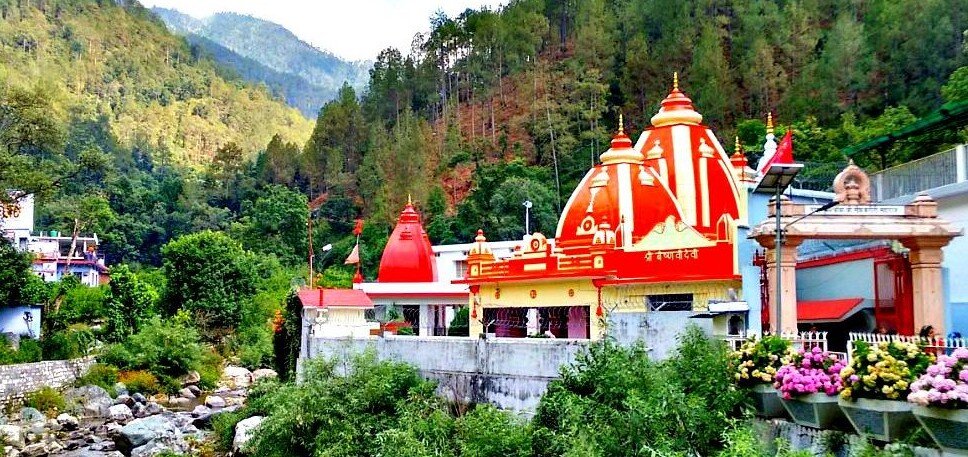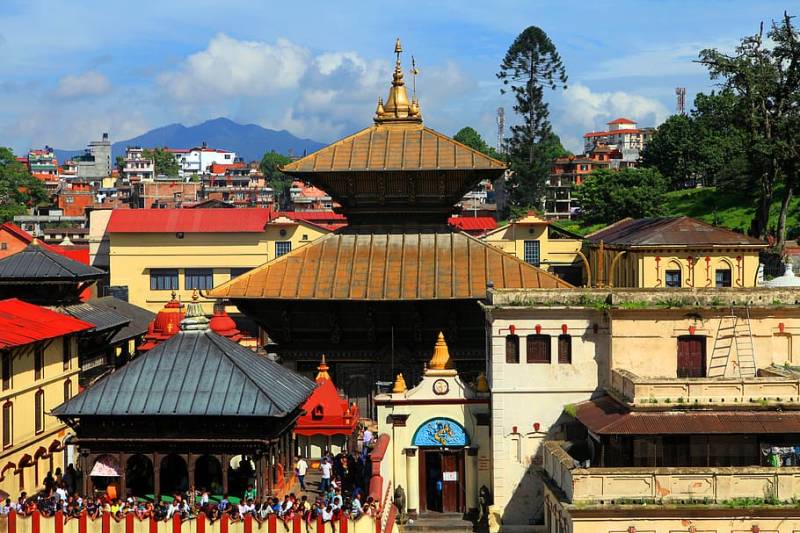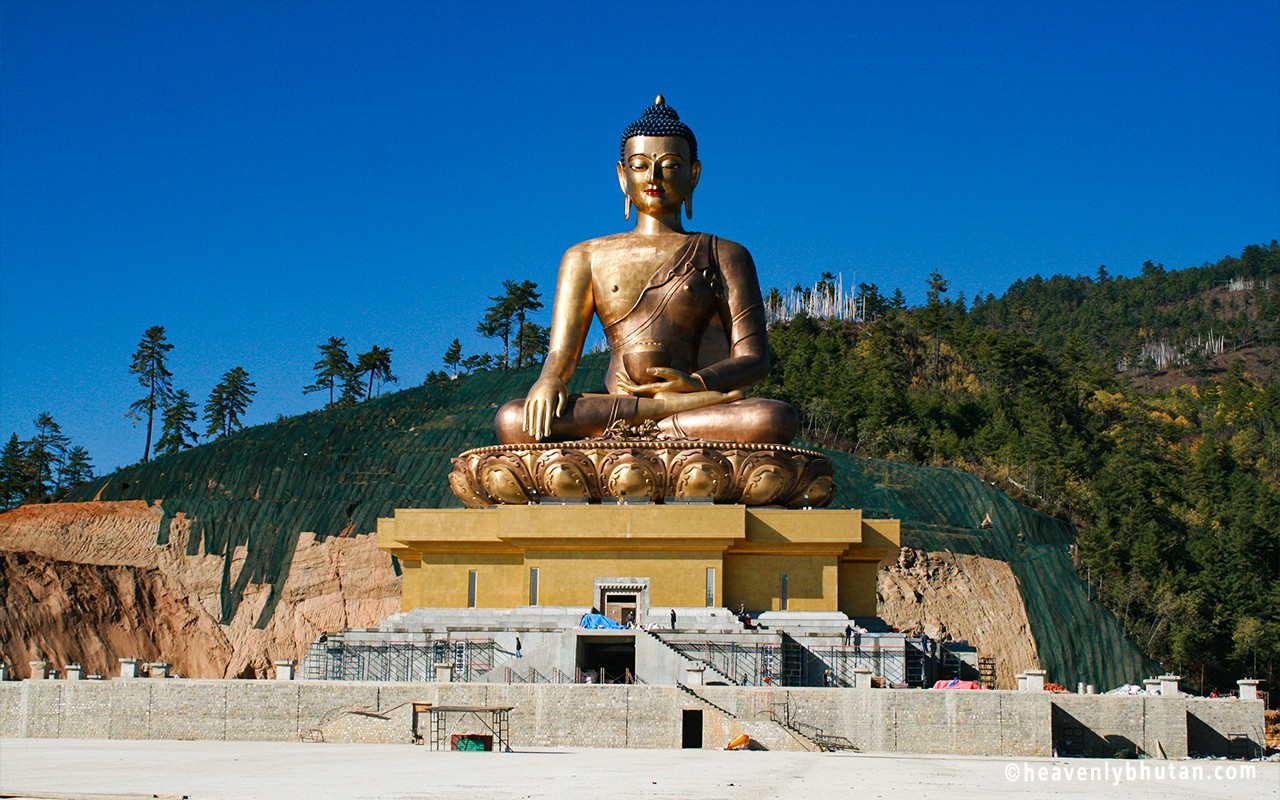Overview
The region is blessed with an array of alpine valleys, historical monasteries and blanketed by the high-altitude dwarf bamboos. Bright-red roofed Trongsa Dzong which is the beguiling ancestral home of the royal family and the enchanting beauty of Bhumtang, Gangtey and Trongsa are the eye catchers. Thimphu is the capital city of Bhutan and is known for its spectacular scenery and rich culture. It is also the largest city in the country. Paro Valley is home to many ancient temples and monasteries, including the famous Taktsang Lhakhang. It also has the National Museum, which displays hundreds of ancient Bhutanese artifacts and artwork.Paro Valley is known as the "Rice Bowl of the kingdom" because of its terraced fields that produce the famous red rice of Bhutan.
Itinerary
This morning, we'll board a flight to Paro, Bhutan's sole international airport. The flight offers breathtaking views of the majestic Himalayan peaks. As you enter the Paro valley, we'll pass through forested hills with the sparkling Paro River (Pa Chu) below, and we'll spot the Paro Dzong (fortress) and Ta Dzong (watchtower) perched on a hill above the town.
Upon exiting the arrival hall at Paro airport, your guide will greet you and drive you to your hotel in Thimphu, which is approximately a one-hour journey. Thimphu, the capital of Bhutan, is a hub of traditional Bhutanese art, architecture, and culture. Located at an altitude of 2,320 meters (7,656 feet), the city is home to over 100,000 residents, including the country's Royal family. It's a unique blend of modern-day Bhutan infused with traditional ways of life. Interestingly, Thimphu is the only national capital in the world without any traffic lights!
Visit Tamchog Lhakhang.
During the drive to Thimphu, we'll make a stop to visit Tamchog Lhakhang, a temple built by Thangtong Gyalpo, a pioneering engineer who introduced suspension bridge construction to Bhutan and Tibet. While he constructed more than 58 bridges across the country, only two have survived. One of these bridges still stands at the base of Tamchog Lhakhang, showcasing the remarkable iron bridge reconstructed using the original chain links.
Visit Memorial Chorten.
After checking in and taking a short rest at your hotel, you'll explore Thimphu in the afternoon. Your first stop will be the National Memorial Chorten, a renowned landmark built in 1974 to honor the memory of the third King, Jigme Dorji Wangchuck, often referred to as the Father of Modern Bhutan. This four-story structure stands as one of the most prominent religious landmarks in Bhutan and serves as an important place of worship for Thimphu's residents and devotees from across the country. Inside, you'll find intricately carved mandalas, statues, and religious teachings.
Drive past Tashichho Dzong:
Later, we'll drive past Tashichho Dzong, also known as the "Fortress of the Glorious Religion." Completed in 1641, this magnificent fortress houses the main secretariat building, including the throne room of His Majesty, the King of Bhutan. Additionally, the Dzong serves as a summer residence for the central monastic body. It is situated near a shimmering river, with the National Assembly Hall on the opposite bank. Overnight in Thimphu.
Hike to Tango.
Breakfast at the hotel. Begin our day by driving to the starting point of a short hike to Tango Goemba. This ancient monastery has a rich history, with its initial construction dating back to the 12th century and subsequent expansions over the years. The golden roof, which adds to its grandeur, was added in the 19th century and perfected by the fourth Temporal Ruler in 1688 CE. The name "Tango" translates to 'horse head' in honor of the primary deity, Hayagriva, consecrated within the monastery. The temple is easily accessible with a 30-minute drive from Thimphu, followed by an hour-long walk through a serene woodland adorned with violet and crimson rhododendron blooms. Today, Tango Goemba functions as a Buddhist University, housing nearly 300 monk scholars.
After your visit to Tango Goemba, you can return to your hotel for lunch or opt to dine at a nice restaurant in town (please note that lunch expenses are not included in the quoted package).
Visit the Farmers Market and stroll around the Thimphu City.
In the afternoon, you'll explore the Thimphu Weekend Farmers Market, a vibrant and multi-sensory experience. This bustling marketplace, open every Friday through Sunday, attracts a lively crowd of both locals and visitors. It features a wide range of local and imported goods spanning various industries and trades.
Local Bhutanese Cultural Program.
You can anticipate returning to the hotel at around 5 PM, just in time to enjoy the daily dance performances by a local troupe. These performances typically take place either in the hotel courtyard or within the all-day dining area. It's advisable to confirm the exact timing and location of the performance with the hotel staff.
After your cultural exploration, return to your hotel for the evening. Night in Thimphu.
Following an early breakfast, you will be driven to Punakha, which is approximately a 2-hour journey. The road takes you through a picturesque forest of pine and cedar trees, ascending steeply to reach the Dochu La pass. This remarkable Bhutanese mountain pass stands at an elevation of 3,140 meters (10,301 feet) above sea level. It offers stunning views of the snow-covered eastern Himalaya range during the winter months and serves as a crucial route connecting Thimphu and Punakha.
Stop over at Dochula Pass.
On your way to Punakha, make a stop at Dochu La to visit the Druk Wangyal Chortens, where 108 memorial stupas and chortens stand in honor of Bhutanese soldiers who lost their lives in the war against Bodo insurgents from India. The shrine was commissioned by Queen Mother Ashi Dorji Wangmo Wangchuck in 2003 following King Jigme Singye Wangchuck's victory over the insurgents.
Visit Chimi Lhakhang.
Before reaching Punakha, you'll also have the opportunity to hike to Chimi Lhakhang. This temple is situated on a hill in the heart of the valley and is dedicated to Lama Drukpa Kuenley, famously known as the 'Divine Madman.' He used humor, song, and dramatic storytelling to spread his teachings in the 15th century. Chimi Lhakhang is renowned as the temple of fertility, where locals come to seek blessings from the lama, particularly for the blessing of having children. It's also a place where locals bring their newborns for naming ceremonies. The Lhakhang is about a 30-minute walk through the fields from the main road.
Following the visit to Chimi Lhakhang, you can have lunch at one of the local restaurants (please note that lunch expenses are not included in the quoted package).
Visit Punakha Fortress.
In the later part of the afternoon, you'll embark on a drive to visit the Punakha Dzong. This remarkable fortress was constructed in the year 1637 and holds the distinction of being the second dzong ever built in Bhutan. For numerous years, it served as the country's seat of government. Often regarded as the most beautiful dzong in Bhutan, its towering white walls create a stunning contrast with the lush greens and vibrant blues of the surroundings.
The Punakha Dzong is the winter residence of the central monastic body and houses a highly significant relic that has been at the center of many historical conflicts with Tibet. It's worth noting that all of Bhutan's kings are traditionally crowned at this dzong before assuming their throne in Thimphu. The dzong's magnificence is particularly enchanting in the spring when the lilac-colored jacaranda trees are in full bloom. Night in Punakha.
Early in the morning after breakfast, you'll be transferred to Paro, which is about a 3-hour drive away. Paro is a historic town located at an altitude of 2,250 meters (7,382 feet), boasting numerous sacred sites, historical buildings, and natural beauty. It houses some of Bhutan's oldest temples and monasteries, the National Museum, and the country's only airport. The majestic Mt. Jhomolhari, standing at 7,326 meters (24,035 feet), dominates the northern end of the valley, with its glacial waters forming the Paro River as they rush through deep gorges. Paro is renowned for its fertile terraced fields, which produce the locally famous red rice.
Upon arriving in Paro, you'll check in to your hotel and enjoy lunch.
Visit Ta Dzong and Museum.
After lunch, your sightseeing begins with a visit to Ta Dzong, a watchtower originally built for the defense of Rinpung Dzong during the 17th-century inter-valley wars. Since 1967, Ta Dzong has been serving as the National Museum of Bhutan, housing a captivating collection of art, relics, religious thangka paintings, natural history exhibits, and Bhutan's distinctive postage stamps. The circular shape of the building reflects its defensive origin.
Explore Bhutanese farmhouse.
Following your museum visit, you'll have the opportunity to explore a traditional Bhutanese farmhouse. Paro's beauty is enhanced by clusters of these charming old-fashioned farmhouses, known for their colorful and decorative architecture. Bhutanese farmhouses are traditionally constructed without using any nails, following a consistent architectural pattern. Visiting one of these traditional farmhouses provides valuable insights into the rural lifestyle of the Bhutanese people. Night in Paro.
Hike to Tigers Nest.
Breakfast at the hotel. In the early hours of the morning, you'll embark on a short drive to Ramthankha and commence your trek to the Taktsang Monastery, famously known as the Tiger's Nest. Perched dramatically on a sheer cliff face at an elevation of 2,950 meters (9,678 feet), this four-hour trek promises awe-inspiring views throughout the journey. The trail takes you through a enchanting pine forest adorned with Spanish moss, and you'll encounter occasional groves of prayer flags fluttering in the breeze.
According to legend, Guru Rinpoche, the founder of Buddhism in Bhutan, arrived at this location by flying on the back of a tigress from eastern Bhutan, introducing Buddhist teachings and meditation to this very cliff. The Taktsang Monastery is revered as one of the most sacred and venerated Buddhist sites in the world. The hike to reach it typically takes around five hours, involving an approximate ascent of 900 meters (2,952 feet) in altitude.
Hot Stone Bath Experience
Indulge in a soothing hot stone bath at the sanctuary, a highly enjoyable experience following your hike to Taktsang. This traditional hotstone bath is a cultural ritual. Sulfur and mineral-rich river rocks are heated and then placed into a wooden bathtub filled with hot water. This process allows the stones to interact with your body, creating a uniquely relaxing and rejuvenating experience.
Night in Paro
The team will drop the guest to the airport for onward departure.
Inclusions
- Daily breakfast.
- Accommodation as per itinerary.
- 2 night stay in Thimpu.
- 1 night stay in Punaka.
- 2 night stay in Paro.
- Paro Dzong, Ta Dzong.
- Visit Tamchog Lhakhang, Memorial Chorten, Tashichho Dzong.
- Tango Goemba. Thimpu City tour.
- Dochu La pass, Chimi Lhakhang, Punakha Fortress, Punakha Dzong.
- Punakha to Paro Valley, The National Museum, Ta Dzong & Museum.
- Tigers Nest, Stone Bath Experience.
- All transfers as per itinerary.
- Travel insurance (valid for the age group till 60 Yrs.)
Exclusions
- Railway Tickets/ Flight Tickets.
- 5% GST
- Early Check in / Late Checkout subject to availability.
- Tips, drinks, personal expenses and any services not mentioned in the program.
- Surcharges will apply on hotel block out dates like Christmas, New Year & so on.
- Entrance fee at any point.
Payment Policy
- If booking is 30 days in advance from the travel date: Advance of 15% of the package cost required
- If booking is between 30 days to 15 days in advance from the travel date: Advance of 30% of the package cost is required
- If travel is within 15 days of the travel date: We will require 100% payment.
Cancellation Policy
- If booking is 15 days before the travel date: 100% refund for Domestic Packages.
- Between 15 days to 1 Day before the travel date: 100% cancellation on Domestic Packages.





